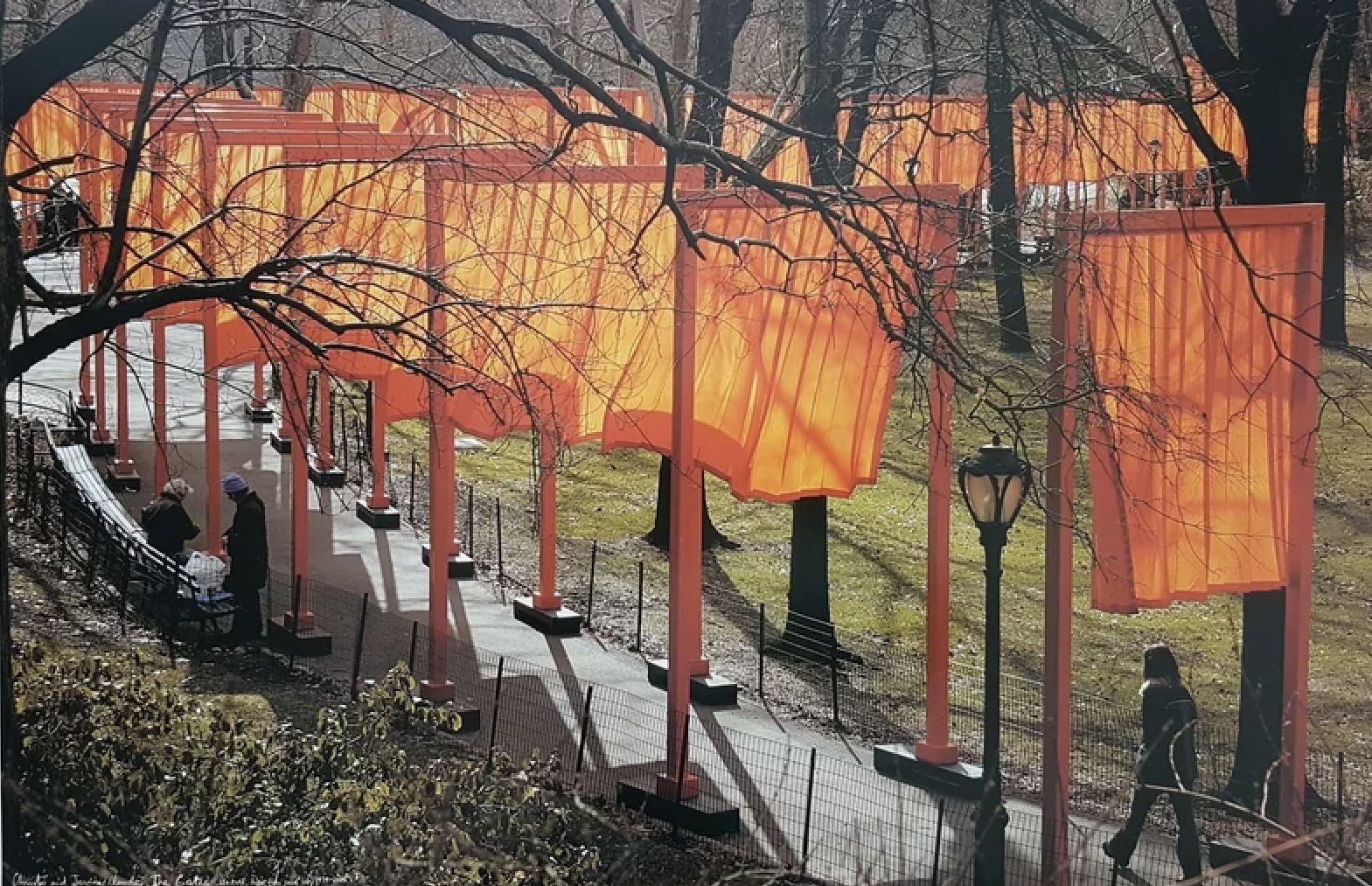This study looks into the role of public art in the urban design process, seeking to provide insights as to how public art can intentionally be used in the urban design system to achieve the goal of sustainability. The overarching question of this research is what the purpose of public art is. As a strong visual piece inside cities, usually, on a comparatively larger scale, public art has a strong visual impact on the audience. Thus, what kind of information will be delivered to the audience? While the concept of sustainability, or, more specifically, urban sustainability, can be incestigated with various concentrations, it generates the question of what kind of urban planning governments or professional organizations are using to achieve specific sustainable issues. Is there any relationship between the purpose of public art and the method used by urban design for sustainable purposes?
Defining Public Art and How it Can Interact with Sustainability
When putting the keywords two ‘public art,’ ‘sustainability,’ or ‘urban planning’ into a an internet search, there are plenty of results about articles, research, or press releases. However, when typing all of them together, there are no results relating those three concepts together, yet public art can serve as a key player in urban design for sustainability. This Part One article will dive into the specifics of public art concerning urban design, planning, and sustainability while the Part Two article will dive into specific case studies concerning cities who have implemented sustainable public art plans.







